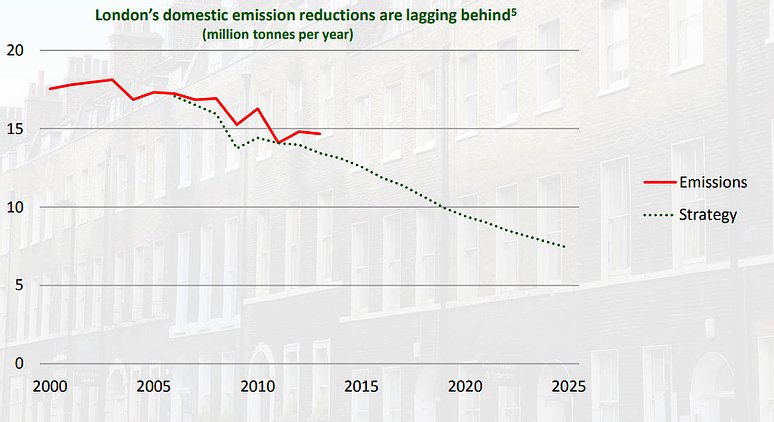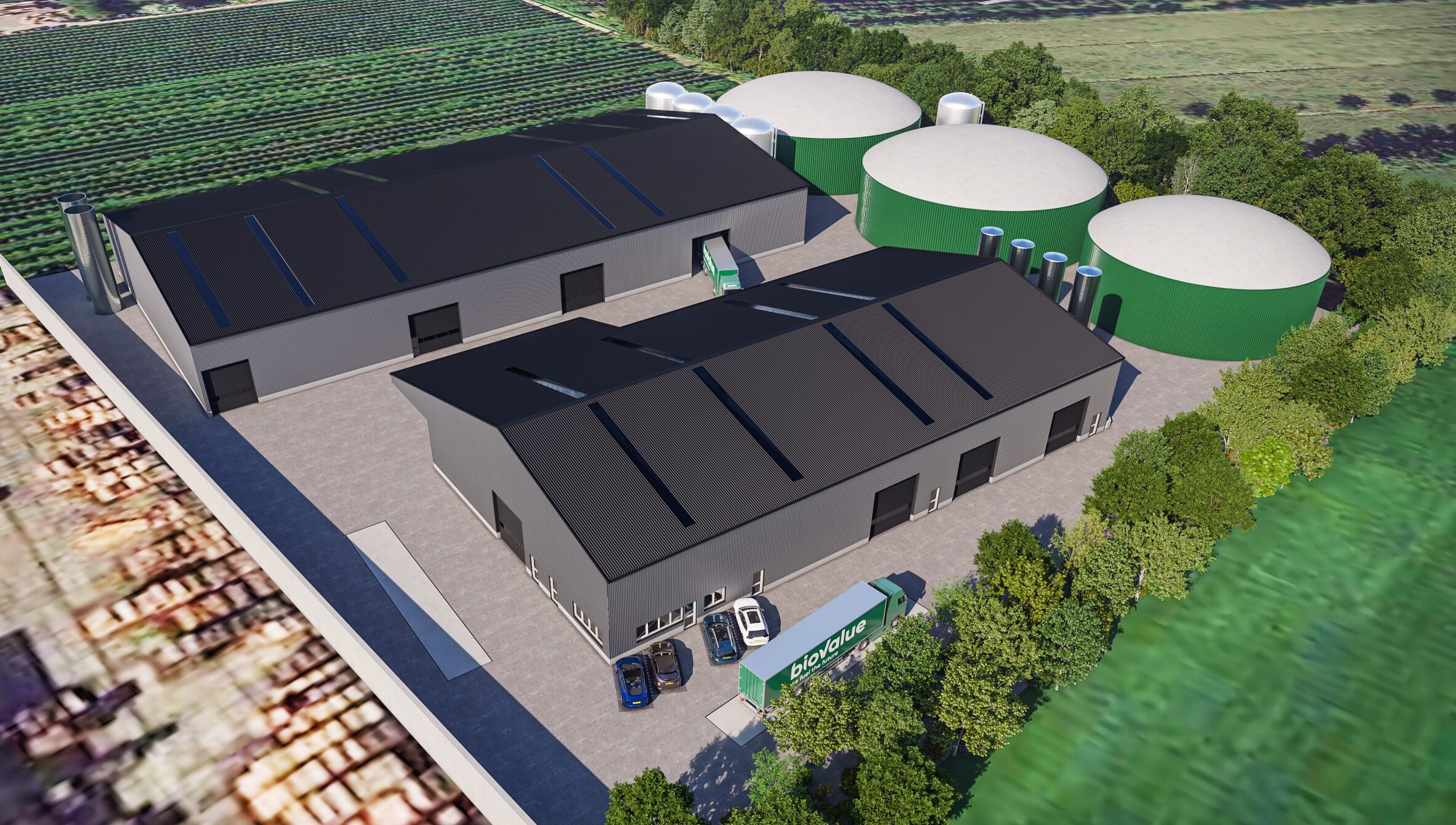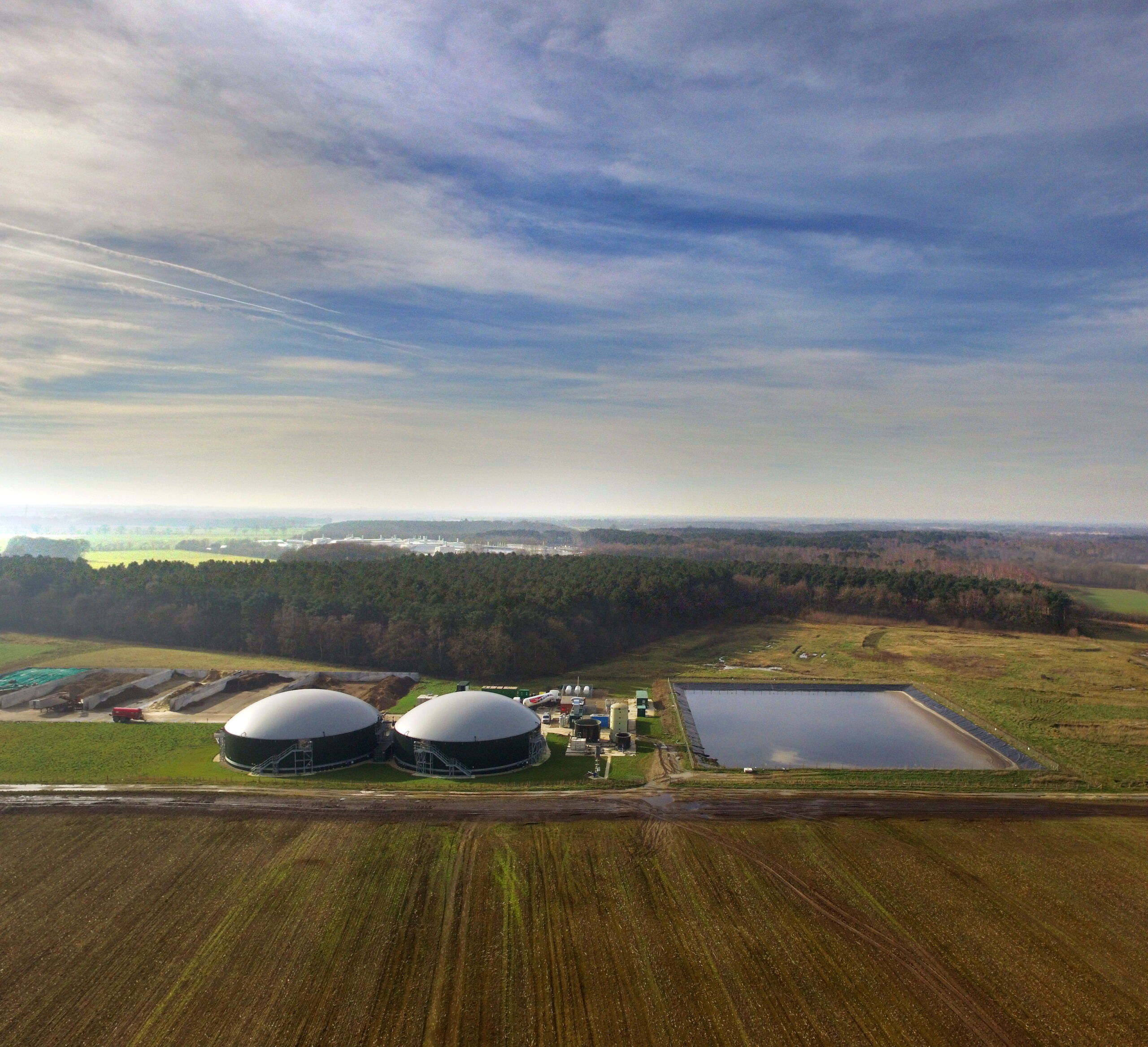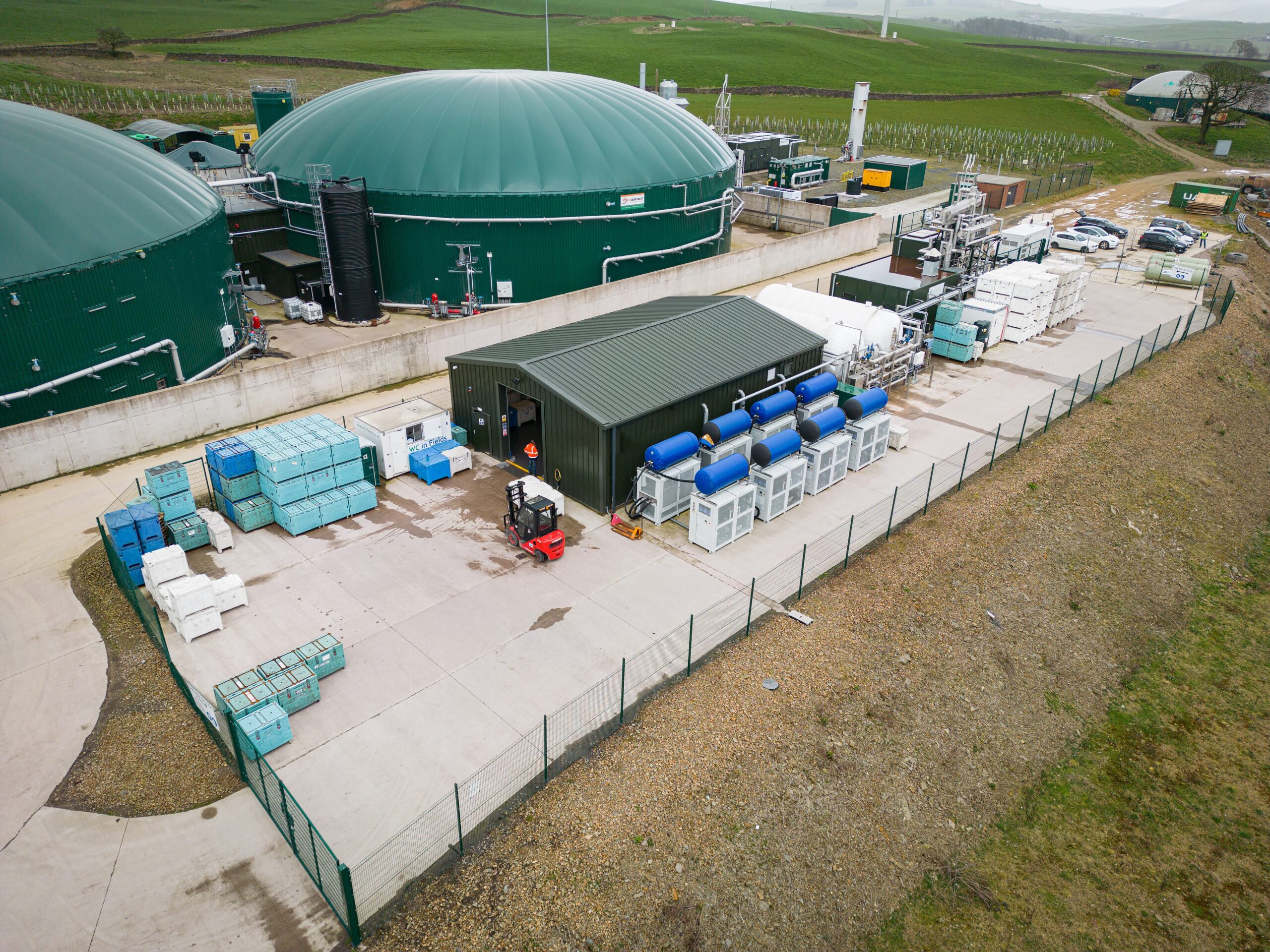Welcome to the third issue of the Iona Digest. In the last issue, we covered the critical leadership role of pension funds in tackling climate change. Here, we will look at how investment in clean technologies and environmental infrastructure can help solve current problems such as pollution from vehicles in our cities.
Investment Solutions for Modern Problems: Air Quality Introduction
- History proves that urban air quality is an extremely serious public health issue which needs to be dealt with urgently;
- Although there is a legal framework in place, it is not being acted upon;
- It took less than two weeks for some parts of London to breach annual targets for NOx pollution in 2017;
- London is affected by factors that can be solved with local as well as national action;
- London’s devolved government is forging ahead with measures to improve the lives of those living in the capital;
- Private investment can support these measures through funding local environmental infrastructure such as:
- On street EV fast charging;
- District heating systems powered by gas, geothermal power and heat pumps;
- Roof top solar;
- Energy from Waste;
- Energy efficiency measures;
- Biomethane and natural gas HGV fuelling infrastructure
Historical Context
The poor quality of London’s air has been commented on since at least the 1600s, particularly the infamous “pea-soupers” of the late 19th and early 20th centuries. Then came the “Great Smog” of December 1952 which caused at least 4,000 deaths, and illness to a further 100,000 in London.

Adding to the problem were the four large coal burning power stations nearby; and the government’s decision to abandon the electric tram network in favour of diesel buses. This marked a major turning point in public perception of the issue of air quality and acted as a catalyst for environmental awareness in the UK, with public pressure on the government driving the introduction of the Clean Air Act in 1956. Smoke free zones were introduced, which banned the burning of smoky fuels in urban areas, and the movement to reduce carbon emissions and improve air quality in London was born
National and International Law
London is now governed by a wide range of legislation that that sets out its priority to cut carbon emissions and improve air quality so the UK can meet commitments under the Paris Climate Change Accord, manifested in the Carbon Budgets. The headline requirement is to reduce carbon emissions by at least 80% of 1990 levels by 2050. However, like many other regionally devolved areas in the UK and Europe, the consensus in London is that this is not sufficient, and the Mayor has set a carbon neutral target by 2050. A major driver for this is the increasing public intolerance to air pollution within the capital.
The overarching air quality requirements are defined at the European level by 2008/50/EC and EU Air Quality Standards. This is significant, because it defines levels of oxides of nitrogen (NOx) and particulate matter (PM2.5 and PM10) which are legally acceptable. This legislation is incorporated into UK law, and London was the only area of the UK to fail to meet these standards for PM10 and required dispensation for NO2 levels.
The government’s strategy was to meet these commitments by 2025, however this has been ruled unacceptable by the Supreme Court. The Mayor has joined this court action to force central government to act.
National level action
London is vulnerable to collecting particulate matter from outside the city and needs action at national level to support its own carbon emissions and air quality measures. While much of the capital’s rail infrastructure is electrified, key bits such as long-distance commuter services into West and South West London, and parts of the Overground network remain diesel powered which significantly contributes to air pollution.
The dominance of electrified rail transport within the city also means that London is dependent on the decarbonisation of electricity generation to avoid merely shifting the problem elsewhere. Heathrow Airport lies immediately up wind of London, and will become an even more significant source of PM pollution within the city as it increases in size.

Why does all this matter?
The Mayor has identified 440 schools within London which are currently exposed to NOx and PM10 levels which are in breach of regulations. Evidence suggests that this is contributing to alarming levels of respiratory disorders in children.
The London Air Quality Network run by Kings College London published its 2017 results in early January. This data painted a grim picture of just how bad air quality is in some parts of the city with several parts of the capital breaching the allowable annual NOx limits within one month. The worst offender was Putney High Street which took less than seven days.
Investors’ Role
Iona Capital has core competencies in the investment and procurement in renewable energy technologies which provide baseload and dispatchable power, and produce carbon neutral bio-methane. This is good news for London where biomethane has the potential to significantly reduce carbon emissions from the provision of heat, with no PM2.5 or PM10 emissions. It can be combined with distributed energy systems to provide carbon neutral heat and power for new housing solutions, offices and light industry. Bio-methane can also be used as a fuel for heavy goods vehicles, significantly reducing NOx emissions compared to diesel and almost eliminating particulate matter emissions.
Iona also has a strong focus on the use of waste in generating power, and the production of fuels and high specification bio resources. These competencies can help London reduce its dependence on fossil based hydrocarbons. If waste can be processed close to where it is generated, it can have a substantial impact on carbon emissions and air quality. By reducing the need for waste to travel, vehicle emissions are minimised. The waste may be processed to either produce energy or high specification hydrocarbons and bio resources which we all use in everyday life, potentially further reducing the movement of goods into the city in particulate producing HGVs.
Partnerships with facilities management companies present an opportunity to reduce energy use of buildings. This can happen by the financing of energy efficiency measures such as insulation, smart energy management systems, or the retrofitting of LED light bulbs. Similar efficiencies can be made in the urban centre of London by fitting solar cells to buildings and carparks to generate electricity near to where it is used. Policy and investment should be guided by the goal of producing and using local clean energy. This has the potential to revolutionise life in our cities. It also represents a very cost-effective way of ensuring that the UK meets its climate change commitments.
Sector news
Potential Stress in the UK Gas System
The period before Christmas has illustrated the potential vulnerability of the UK gas supply and the potential for significant rises in the wholesale price. On 11 December, INEOS reported that a crack had been found in the Forties pipeline which brings a significant percentage of the UK’s gas into the country from the North Sea. Although not serious, this has resulted in several weeks disruption of supply. The following day, an explosion at the key European gas hub at Baumgarten in Austria caused a significant spike in European wholesale prices before rapidly returning to normal the next day.
As a result of the Forties pipeline outage, it was reported on 19 January that the UK was importing the largest volumes of gas for five years through the IUK interconnector from Belgium. It is apparent that the reduction in gas storage assets in the UK is beginning to affect price volatility. Despite the increased reliance on the interconnectors, and the global market in Liquified Natural Gas, domestic production of biomethane remains constrained due to the lack of policy clarity, and the requirement for greater investment at the distribution network level.
Chinese bans importation of plastic recycling
Around two thirds of the UK’s contaminated plastics, totaling around 500,000 tonnes per year have traditionally been exported to China for recycling and reprocessing. However, from 2018 this is no longer an option, as China has banned the import of this material. Environment Secretary Michael Gove has admitted that he was slow to spot the problem coming, and it is apparent that a significant proportion of this volume is likely to require either incineration, treatment at an energy from waste facility, or will be sent to landfill. Peter Fleming, from the Local Government Association notes: “Clearly there’s a part to play for incineration but not all parts of the country have incinerators.” Plastic waste is already starting to be stockpiled.
Iona Capital views contamination and the fact that virgin products are priced cheaper than low quality plastic recyclates as the major problem. This ensures that both incineration and alternative high-end recycling will see a flow of capital with favourable returns. Iona Capital is also concerned that local authorities with long term disposal contracts with recycling income risks will probably face budgetary pressures unless domestic solutions are implemented.
Iona news
WHERE WE WILL BE
Renewable Energy Association Biogas Group – 24th January – Osborne Clarke, One London Wall – London
Energy Storage and Connected Systems – 6th and 7th February – Olympia Conference Centre – London
ADBA Scottish Resources Conference – 28 February – Radisson Blu Glasgow
Energy Storage Summit – 27th and 28th February – Park Plaza Victoria – London
CIWM Resource Conference Cymru – 14 March – Millenium Centre Cardiff
And finally
A New Scientist report (16th December) argues that following a 5 and 2 diet which comprises ‘fasting days’, can potentially increase IQ. The experiment was applied to a mouse but it is encouraging for those looking to stick to a diet in the New Year. On that note we wish you a happy 2018 from Iona Capital.



